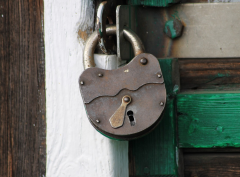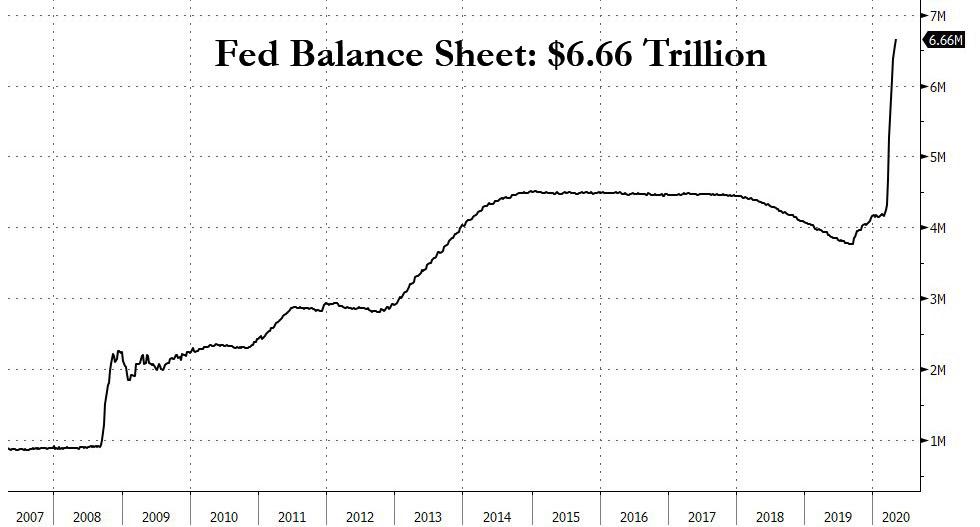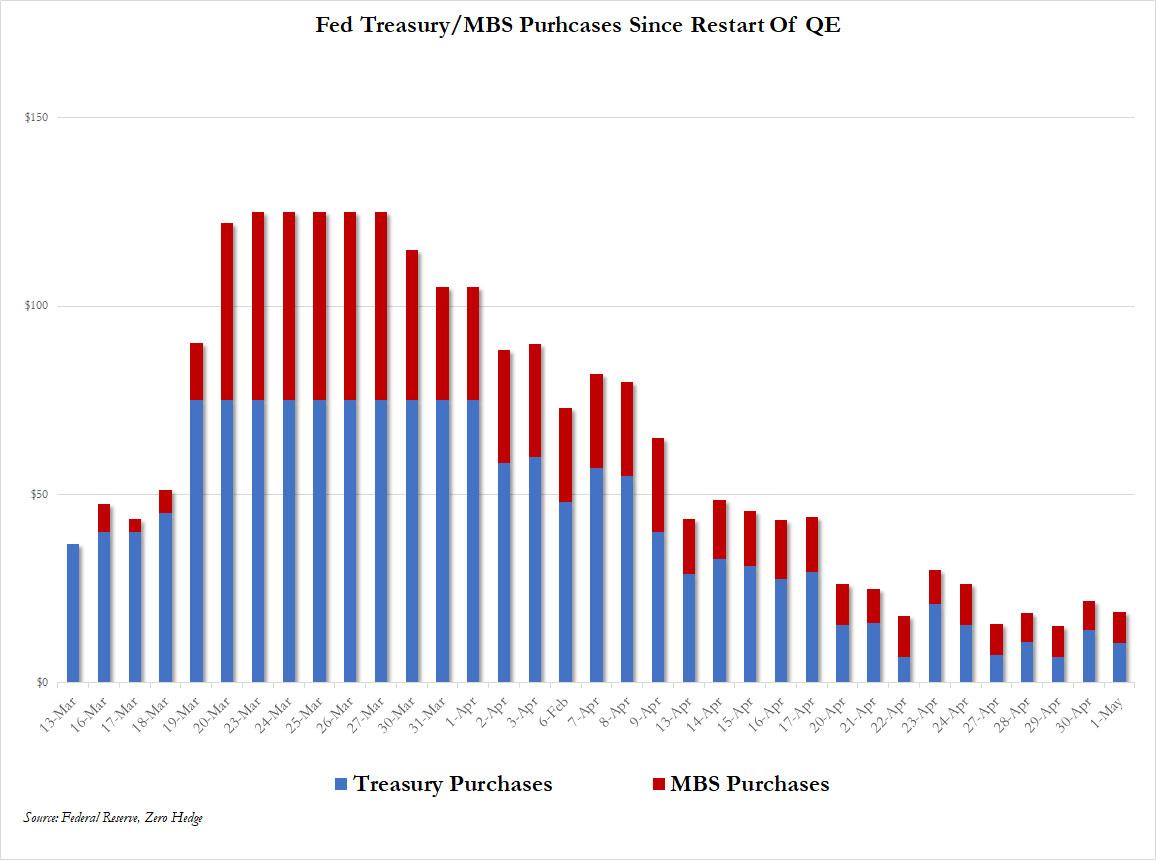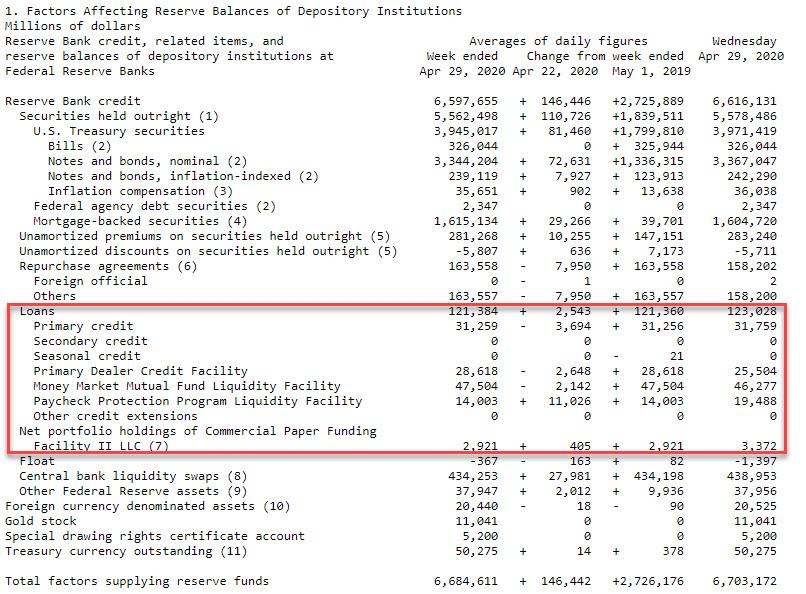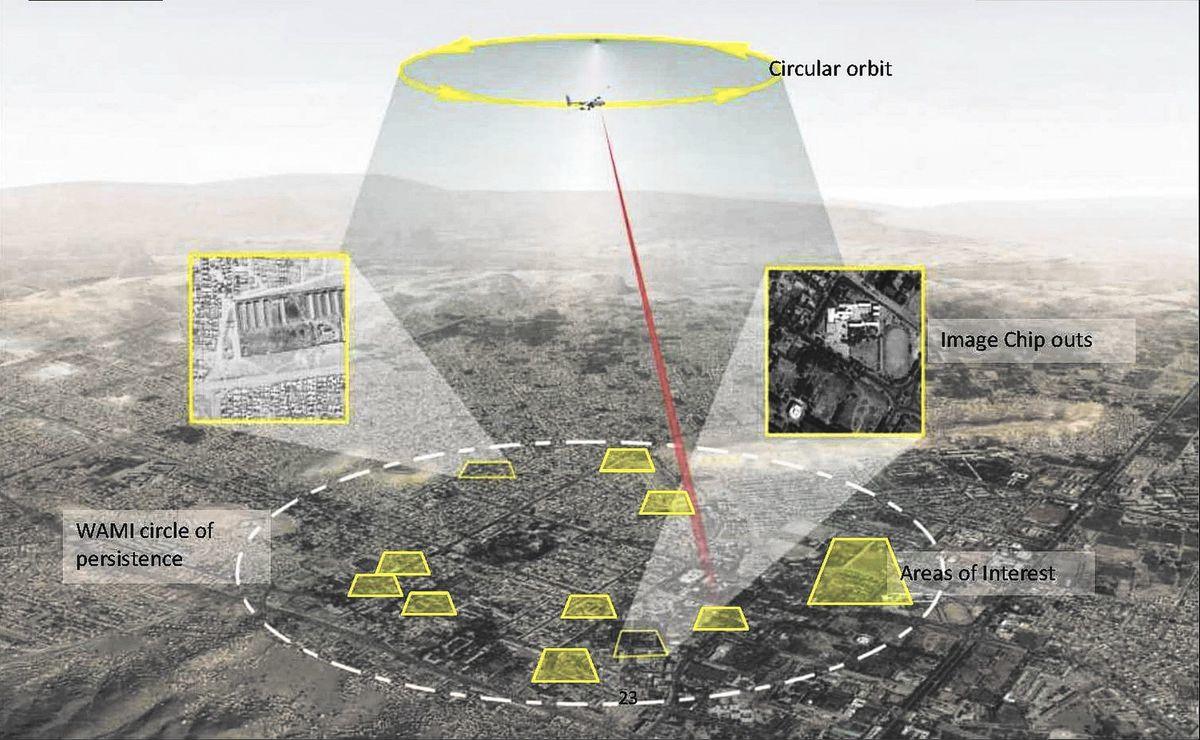The Unseen Costs Of Government-Forced Lockdowns
Authored by Elizabeth Wilson via The Mises Institute,
[Author’s note: This is my modified version of Frédéric Bastiat’s great work “That Which is Seen, and that Which is Not Seen,” as applied to the current COVID-19 panic and the resulting 2020 Great Lockdown.]
“In the department of economy, an act, a habit, an institution, a law, gives birth not only to an effect, but to a series of effects. Of these effects, the first only is immediate; it manifests itself simultaneously with its cause—it is seen. The others unfold in succession—they are not seen: it is well for us, if they are foreseen. Between a good and a bad economist this constitutes the whole difference—the one takes account of the visible effect; the other takes account both of the effects which are seen, and also of those which it is necessary to foresee.”
~Bastiat
Have you ever witnessed the anger of the business owner, Sally B., when her careless government reduces her revenue by 60 percent due to a lockdown? If you have been present at such a scene, you will most assuredly bear witness to the fact that every one of the spectators, were there even thirty of them, by common consent apparently, offered the unfortunate owner this invariable consolation: “It is an ill wind that blows nobody good. Everybody must live, and why should we care that businesses are being closed or struggling?”
Now, this form of condolence contains an entire theory, which it will be well to show up in this simple case, seeing that it is precisely the same as that which, unhappily, regulates the greater part of our economic and political institutions. Suppose the business makes just enough during this lockdown to keep the doors open and staff employed. You would assume that little has changed, and perhaps the health, economic and social impact was worth the government shutdown—I grant it; I have not a word to say against it; you reason justly. Employees and customers come and go and the rest of the world praises the government for their benevolence. All this is that which is seen.
But if, on the other hand, you come to the conclusion, as is too often the case, that no real harm or loss will come if businesses are forced to close or some happen to lose their livelihood, so that a virus may circulate less and therefore fewer people may die, you will oblige me to call out, “Stop there! Your theory is confined to that which is seen; it takes no account of that which is not seen.”
It is not seen that as our business owner has spent a significant part of her life savings and her time investing in her business, and now she no longer has an income or is able to reinvest profit into her business. It is not seen that if she had not been stifled by the bureaucratic shutdown, she would, perhaps, have replaced some broken equipment or added to her down payment for a larger home so that she could foster more children, or hired additional staff. In short, she would have invested, spent, or employed this revenue in some way which this lockdown has prevented—in fact has eliminated as options.
Let us take a view of industry in general, as affected by this circumstance. The government shut down businesses so that a virus might kill less people: this is that which is seen. If businesses had not been shut down, the commercial equipment manufacturer (and connected industries) would have seen an increase in revenue or more children could have been helped in foster care or an unemployed person could have had a job – that which is not seen.
And if that which is not seen is taken into consideration, it will be understood that a shutdown of “nonessential” businesses directly impacts the essential ones and impacts many other lives now and for years to come—with the potential that shutting them down might have had no impact on the deaths from the virus at all.
So then we arrive at this unexpected conclusion:
“Society as a whole loses when revenue and business are uselessly destroyed”; and we must assent to a maxim which will make the hair of quarantiners stand on end—to close businesses may avert a current healthcare crisis but closing businesses will create an economic crisis which we know leads to devastating effects on economic and public health.
What will you say, Mr Governor? What will you say, disciples of good Dr. Fauci, who has modeled how many lives might be saved if businesses are forced to remain closed and all trade unnaturally restricted, but says little related to the economic/social/health harm? What say you my neighbors, the Public, who praise the government shutdown for saving lives while not ever considering the logic of shutting down one business over another or that more lives may be lost to the economic crisis than the virus crisis.
Now Sally B. is not so callous as to not care about the safety and health of her neighbors and therefore demand that her revenue be restored at the cost of lives lost. In fact it is precisely because she cares about the safety and health of her neighbors that she wants the potential health crisis to not turn into an even worse economic crisis. The seen benefit of potential lives saved cannot be correlated to the real unseen costs of lost revenues and jobs. These unseen costs are being sacrificially thrown on the altar of Models without any direct benefit to the health or safety of the public.
I say, if one business remains open does that equate with a life lost? No, there can be no connection made. What if 75 percent of the businesses are closed by the state? Does that mean a 75 percent decrease in lives lost? Fifty percent? Five percent? Again, a correlation cannot be made. And further, why can a bureaucrat—in the name of public health—choose to allow the liquor stores to remain open but keep the public parks closed?
I am sorry to disturb you with these unpopular facts, but as I continue to see the state forcing our marketplaces to remain closed for weeks to come, I beg politicians and bureaucrats to take into account that which is not seen, and place it alongside that which is seen. And giving as much weight and importance to the lives hurt or lost to the virus to those lives hurt and lost to the shutdown and its repercussions.
The reader must take care to remember that Sally B.’s story is just one of many, the long-term implications of which are currently unseen and unknown. Although currently her story is not tragic, the compounding unseen effects might be just as tragic as a virus, as rates of suicide, domestic abuse, poverty, substance abuse, etc., continue to increase the longer that businesses are barred from operating.
Therefore, if you will only go to the root of all the arguments which are adduced in its favor, all you will find will be the paraphrase of this often repeated statement:
“I fear we will restore ‘livelihood’ at the expense of more lives lost.” Although that fear is a legitimate one, there is an equally powerful fear: that more lives will be lost if businesses remain forcibly closed by the state.
Tyler Durden
Thu, 04/30/2020 – 19:40
via ZeroHedge News https://ift.tt/3aWD7pv Tyler Durden
